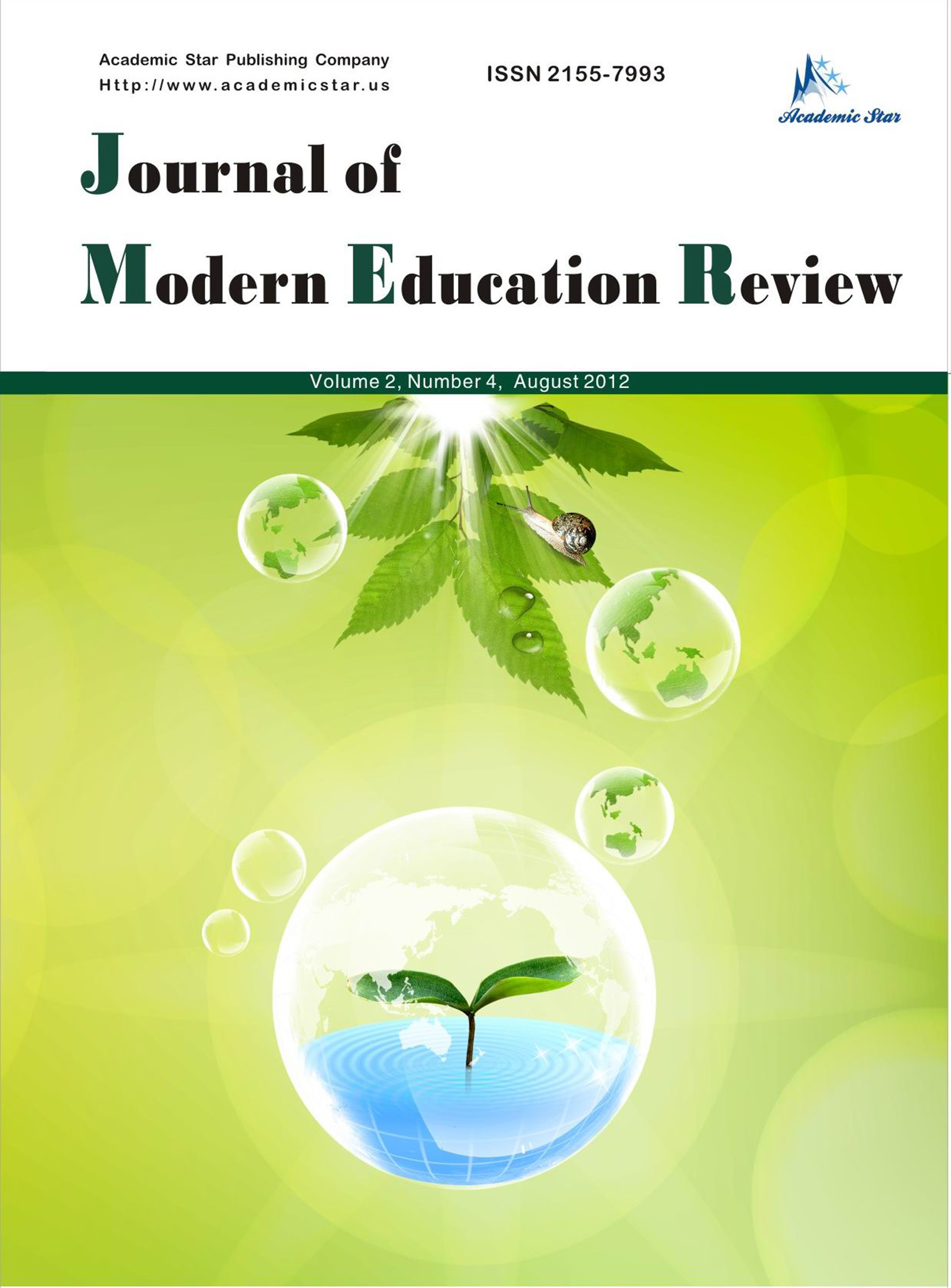Green Exercise for Health and Ecology
Despina Papavasiliou, Kübra Aküzüm
(1. Primary School of Mavrovouni, Skydra, Greece; 2. Istek Kutahya Schools, Greece)
Abstract: “Green Exercise for Health and Ecology” is an eTwinning project that combines physical activity with environmental protection. This teaching proposal promotes the use of green spaces as environments for exercise and learning and aims to enhance students’ physical and mental health while promoting environmental awareness, preparing young people for a healthier and more sustainable future. Through a fascinating journey, students aged 8–11 from schools in Greece and Turkey, as part of the eTwinning program, had the opportunity to discover the joy and benefits of exercising in nature to improve their physical and mental health while developing a willingness, both individually and collectively, to actively participate in environmental protection. The combination of outdoor activity with raising students’ awareness of environmental issues has enhanced students’ creativity, resulting in the creation of a high-quality educational program. Students, teachers, and parents from both countries communicated, collaborated, and participated with unprecedented enthusiasm in all the activities of the action plan, thus contributing to the creation of material for the exchange of information and the dissemination of the program’s results.
Key words: green exercise, physical activity, well-being, environmental awareness, interdisciplinary education, sustainability
References
Chawla, L., Keena, K., Pevec, I., & Stanley, E. (2014). “Children’s engagement with the natural world as a ground for ecological citizenship”, Environmental Education Research, Vol. 20, No. 1, pp. 37–58.
Hartig, T., Mitchell, R., de Vries, S., & Frumkin, H. (2014). “Nature and health”, Annual Review of Public Health, Vol. 35, No. 1, pp. 207–228.
Jablon, J. R., & Wilkinson, M. (2006). Using Engagement Strategies to Facilitate Children’s Learning and Development, Guilford Press.
Kaplan, R., & Kaplan, S. (1989). The Experience of Nature: A Psychological Perspective, Cambridge University Press.
Louv, R. (2008). Last Child in the Woods: Saving Our Children From Nature-Deficit Disorder, Algonquin Books.
Maas, J., van Dillen, S. M., Verheij, R. A., & Groenewegen, P. P. (2009). “Social contacts as a possible mechanism behind the relation between green space and health”, Health & Place, Vol. 15, No. 2, pp. 586–595.
Pretty, J., Peacock, J., Sellens, M., & Griffin, M. (2005). “The mental and physical health outcomes of green exercise”, International Journal of Environmental Health Research, Vol. 15, No. 5, pp. 319–337.
Skår, M., & Krogh, E. (2009). “Changes in children’s nature-based experiences near home: From spontaneous play to adult-controlled, planned and organized activities”, Children’s Geographies, Vol. 7, No. 3, pp. 339–354.
Skinner, E. A., & Pitzer, J. R. (2012). “Developmental dynamics of student engagement, coping, and everyday resilience”, in S. Christenson et al. (Eds.), Handbook of Research on Student Engagement, Springer, pp. 21–44.







